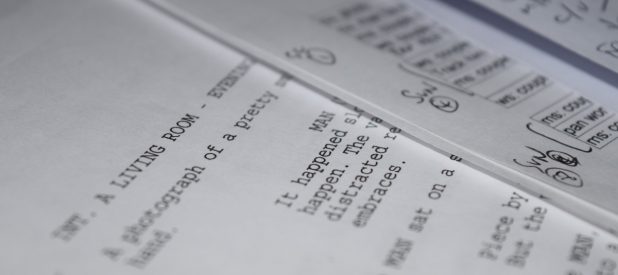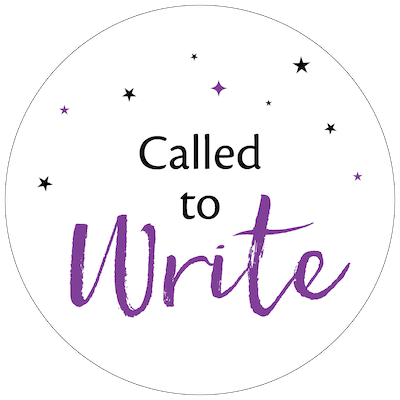Despite everything that’s going on I’m thrilled to have finished a major revision of the first act of my script. While there’s more to go, getting the first act sorted for the new vision for the storyline has been a big undertaking. This article goes into my methodology for tackling a major script revision, much of which translates quite handily for novel revision too.
![]()
“The beautiful part of writing is that you don’t have to get it right the first time,
unlike, say, a brain surgeon.”
– Robert Cromier
![]()
If you’re staring down a major script rewrite it’s easy to feel overwhelmed, particularly when dealing with large-scale structural or character changes—or both! Even though we know “writing is rewriting,” it can be daunting to face a big overhaul, especially if this isn’t the first major revision you’ve made to this script.
One of the biggest obstacles writers face with a major rewrite is mentally releasing the old version and fully embracing the new one. It can feel like two parallel universes jostling to occupy the same space. Without Cisco Ramon from The Flash to breach us between alternate realities, we have to find our own way to span the chasm between the two. I call this bridging the rewrite gap.
If you’re finding yourself having trouble letting go of the old story (Hint: you’re constantly saying, “Well, in the current draft, x happens…”) these six steps will help you make a smoother transition from old to new, as well as expedite your rewrite along the way.
Read the article on the Final Draft blog here:
6 Steps to Tackling a Major Script Revision





